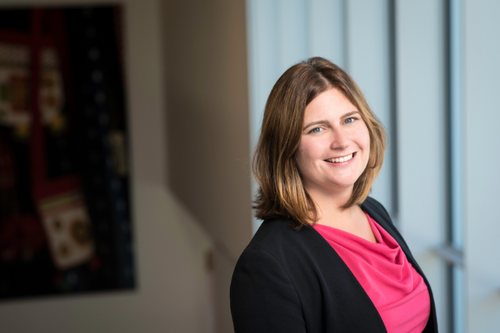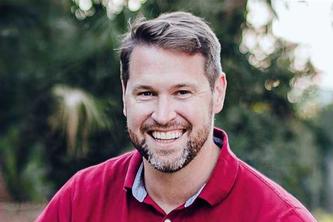
Once a decade, the U.S. Census Bureau conducts a nationwide count of every person in the U.S. on April 1. This count can have long-term ramifications for communities.
Janna Johnson, an assistant professor at the University of Minnesota Humphrey School of Public Affairs, is an economic demographer and a member of a U.S. Census Bureau advisory committee. She explains why everyone’s answers matter and who is most likely to be undercounted.
Q: Why is the census important?
Prof. Johnson: The census is one of the few things in the U.S. Constitution that is clearly spelled out — every 10 years every single person in the country must be counted. As part of this, individuals should disclose where they live on April 1, which is Census Day.
The census has significant impacts on funding allocations from state and federal governments. For example, some types of education funding could be dependent on how many children are in a specific area, or policy decisions around transportation funding could be determined by population in a given space.
Data collected by the census is also used to redraw legislative districts and reallocate seats across states in the U.S. House of Representatives. Based on projections, the state of Minnesota is on the cusp of losing a House seat. The formula — based on census data — that determines the reallocation of House seats is complicated, and whether Minnesota loses a seat depends how many people respond to the census in our state and in other states.
The census is also helpful for businesses as they can use the information to determine where to open a new branch or focus their marketing.
Q: What’s new with this year’s census?
Prof. Johnson: There are many ways the U.S. Census Bureau works to ensure that every person in the country is counted. New this year is being able to fill out census forms online. It’s an effort to be more convenient for some respondents. However, if someone doesn’t have access to the internet or prefers to fill it out in other ways, they can still respond by phone or through the mail. Census takers will also go door-to-door to ensure people who haven’t responded do so.
Q: Who is most likely to be undercounted and why?
Prof. Johnson: Communities of color, immigrants and young children tend to be the most undercounted. However, two specific groups that are consistently undercounted — by wide margins — are children under 5 years of age and African American men. We are unsure why young children are undercounted, but are working to determine that.
Regarding African American men — we know this segment of the American population tends to have a higher proportion of people who don’t have a permanent address, either because they split time between homes or have a fluid housing situation. If someone doesn’t have a permanent residence, there are other community resources — such as libraries — that can provide resources for filling out census forms.
While we want to know what the undercount looks like to measure the accuracy of the census, having that information lead to any adjustment of official counts is unlikely. That makes it all the more important to get it right.
Q: How could the work of census enumerators be affected by the COVID-19 outbreak?
Prof. Johnson: Census enumerators are key to an accurate census. They are the ones who go door to door to follow up with residents who haven’t filled out their census form by a certain date. Since the situation is rapidly evolving, it’s hard to say what the impact will be.
On one hand, as individuals are encouraged to stay in one place due to the outbreak, this may make it easier to determine who was living where on April 1. On the other hand, since enumerators won’t be sent into the field for several months, after stay-at-home guidelines are relaxed, individuals may not remember who was living where on this date. Regardless, it is even more important now that individuals respond to the census online, by mail or over the phone to prevent the need for enumerators to (eventually) have to go door to door.
Q: What work do you do surrounding the census?
Prof. Johnson: I am a demographer, which means I work specifically in understanding changing populations. In addition to my research, which focuses on the causes and consequences of internal migration in the U.S., I work as an outside subject matter expert for the U.S. Census Bureau’s Demographic Analysis Program. Through publicly available records, such as birth and death records, we work to create an estimate of the population that is independent of census counts. We should have a better idea of the nation’s population and if there was an undercount in December.
Janna Johnson is an assistant professor in the Humphrey School of Public Affairs. As an economic demographer, she researches changes in the U.S. population.
###
- Categories:
- Law and Policy




